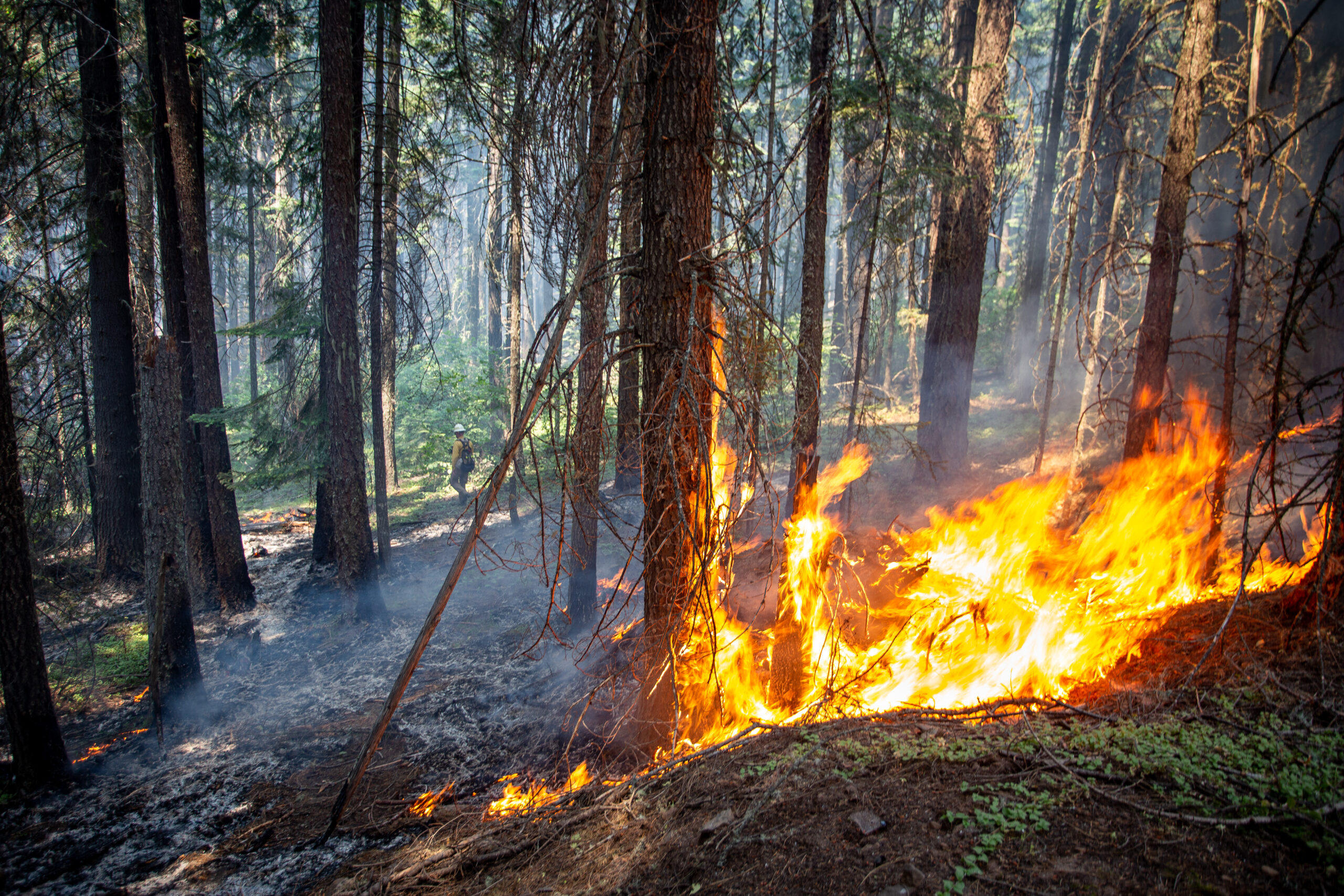In recent years, wildfires have become more intense and widespread across the globe, from Australia and South America to North America and Siberia. While fire is a natural process in most ecosystems, climate change and past land-use decisions—such as aggressive fire suppression—are transforming the way wildfires behave. This new reality has led to more destructive fires that are harder to manage and more damaging to people and the environment. At the same time, wildfire misinformation has spread, much like the misinformation seen in public health and climate science debates.
A new paper published in Frontiers in Ecology and the Environment details how misinformation can seriously harm wildfire management efforts. It clouds the public’s understanding of what causes wildfires and how best to prevent them. False or misleading claims can delay or stop important actions like controlled burns or forest thinning, especially when they appear in the media or in courtrooms. Scientists note that even small distortions of truth—like ignoring local differences between ecosystems—can make the public skeptical of science-based solutions. This confusion weakens support for the policies and funding needed to build fire-resilient communities and landscapes.
One way to fight misinformation is through a strategy called “prebunking,” which involves warning people about common wildfire myths before they spread. Prebunking helps people recognize false information when they see it and better understand the science behind wildfire policy. Scientists, land managers and journalists must work together to identify trusted voices who can explain complex wildfire science in clear, honest ways. Reliable communication can help policymakers, judges and the public make decisions based on strong evidence instead of popular but misleading claims.
The authors provided a table of common examples of wildfire misinformation related to in western North American forests, including the following incorrect claims: contemporary wildfires are normal, forests are resilient and will naturally recover, fuel reduction treatments are ineffective, fuels reduction is a Trojan horse for commercial logging, and contemporary wildfires are beneficial to wildlife.
Lastly, the media plays a crucial role. Journalists and editors must be careful not to give fringe opinions equal weight with scientific consensus. Social media can also help by flagging wildfire misinformation and highlighting credible sources. As our world grows hotter and drier, dealing with wildfires will mean dealing with misinformation too. Combating it is not just a scientific challenge, but a social one that requires cooperation, communication and a commitment to the truth.

